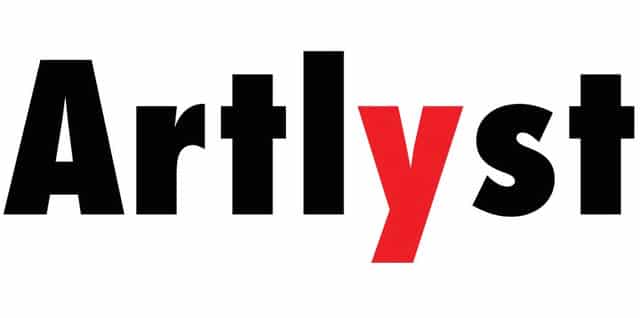Barts Pathology Museum’s resident artist unveils a series of paintings inspired by thousands of anatomical specimens. This is an exhibition of extraordinary anatomical art by artist Geoffrey Harrison which is set to open appropriately at Barts Pathology Museum on August 16. The Victorian Museum, which opened in 1879 is hidden within the grounds of St Bartholomew’s Hospital in Smithfield, it recently appeared as the only UK entry in CNN’s list of the World’s Weirdest Medical Museums.
The series of 25 paintings will be shown alongside the museum’s three-story mezzanine of 5,000 preserved 18th-to-20th century anatomical, pathological and forensic specimens, which were once used to teach medical students at London’s oldest hospital. Harrison’s paintings are a direct response to this “cabinet of curios”, having undertaken an artist-in-residence programme at the museum during 2012-13.

Geoffrey Harrison is originally from Manchester in the north of England. After completing an undergraduate degree in Fine Art Printmaking from the School of Fine Art in Hull, he lived in Japan for several years. After returning to the UK to complete an MA in London, Geoffrey now lives and works in London and is currently Artist in Residence at Barts Pathology Museum.
His practice is often collaborative and in partnership with other organisations and includes teaching, workshops and seminars and curating work by other artists.
His work has been exhibited in Japan and the UK in various group and solo shows and is in private collections nationally and worldwide. “I separate the subject entirely from the context and place it in a blank field of colour or repetitive texture. These floating images resonate with a particular interest I have in islands. I have spent all my life on one island or another and am interested in the tendency towards singularity of identity that can be engendered in island communities and the opportunity there is for isolation, uncomplicated by problematic borders.”
“This urge to delineate, categorise and determine one thing from other things finds satisfaction in islands whose borders are absolute and immutable like the sea. Like all conceits however, there is ultimately a contradiction: the shoreline of an island is not a clear margin. The tide ebbs and flows, the waves lap over the rocks and water seeps between the grains of sand making difference between what is land and what is sea impossible to distinguish.”
“I am interested in this dichotomy of the compulsion to delineate and categorise versus the ultimate impossibility of this absolutism. The seductive idea of where one thing stops and another begins – sea and shore, person and environment, component and whole – is what I seek, even though I know they aren’t there.”
Harrison is the son of medical illustrators, Harrison says: “My childhood was spent surrounded by medical imagery. The subjects of death, life, flesh and mortality have always provided a strong current in my work. The paintings in this show make visual reference directly to the specimens in the museum as well as to the nature of spontaneous unnatural growth, damage, division and conjoining.”
The exhibition marks the tenure of Harrison’s residency at Barts Museum. As an artist he often works in direct partnership with organisations and private collections.
me . complete . you 16 – 29 August, 2013 Barts Pathology Museum Hidden within the grounds of St Bartholomew’s Hospital, the Victorian building recently appeared as the only UK entry in CNN’s list of the World’s Weirdest Medical Museums.


